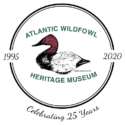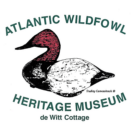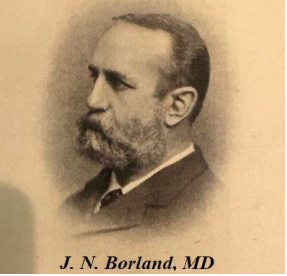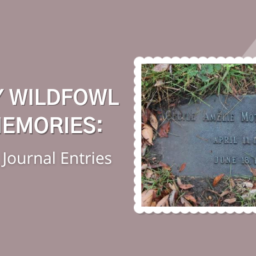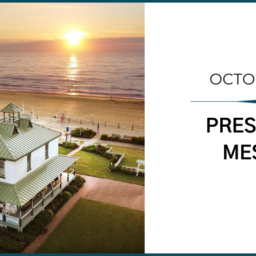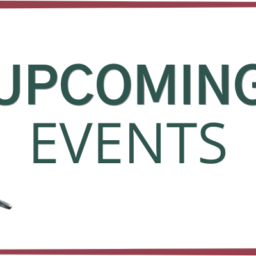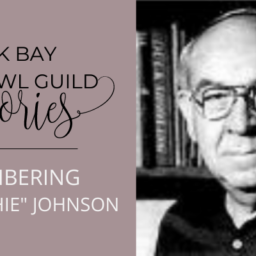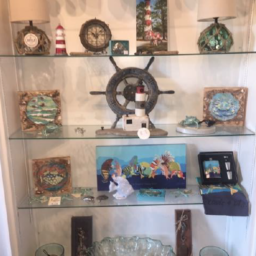
Continuing our chronicle of the Lighthouse Club, this month we present the Borland brothers. Pictured is another of our hand-carved decoys bearing the stamp “_ N. Borland (the first initial being obscured),” along with a photo of the decoy’s owner. The full name of this Lighthouse Club sportsman is John Nelson Borland, a Harvard-educated physician, a founder of the Boston (Free) City Hospital, and a direct lineal descendant of Francis Borland (1691-1763; his great-great-grandfather), described as “…an eminent merchant of Boston.” We will also discuss his brother, Melancthon Woolsey Borland, who hunted with him at the Lighthouse Club.
One might wonder how a mere physician, although he descended from a successful merchant, would be associated with super-wealthy Boston Brahmin sportsmen primarily of the successful merchant class. Delving a bit further provides the answer. John Nelson Borland had a close family relationship to one James MacMaster Codman, a fellow Lighthouse Club member (and decoy owner we will discuss in a later issue), who was himself related to Lighthouse Club founder Arthur Amory. More specifically, the father of John N. Borland’s daughterin-law is the brother of James MacMaster Codman. Codman was the grandson of Katherine (Amory) Codman, whose father was the brother of our Arthur Amory’s great-grandfather, making Codman and Amory distant
cousins. But Dr. Borland also had a close professional working relationship to a member of the Amory family. As noted above, he was a founding physician of the Boston (Free) City Hospital, founded in the 1860s to care for the poor of Boston who, otherwise, could not afford healthcare. Thomas Coffin Amory (attorney, historian, biographer, poet, Massachusetts state legislator, and uncle of Arthur Amory) served on the Boston City Council’s Joint Standing Committee for the creation of the hospital. He also served as President of the Board of Trustees for the hospital. Once again, we see how the lives of the Lighthouse Club members were interwoven. John’s brother and fellow Lighthouse Club sportsman Melancthon Woolsey Borland also helps explain the Borland relationship to club members. Melancthon, a successful merchant, had purchased real property on Boston’s Commonwealth Avenue from Fredric and Harcourt Amory, brothers of Arthur Amory. Melancthon and his brother John had also lived next door to each other at 227 and 229 Beacon Street, neighbors of other Lighthouse Club members. Subsequently, and after traveling for several years in Europe, Melancthon and his wife (a sister of his brother John’s wife) acquired a home in Waterford, CT, where, as we know from a previous issue, fellow club member Gardiner Greene Hammond had a summer home. Obviously, the Borland’s and Hammond’s were associates both in and outside of the Lighthouse Club.
We noted above that John’s and Melancthon’s great-great paternal grandfather was an eminent merchant of Boston. Equally interesting were their maternal ancestors. Their mother was Rebecca (Woolsey) Borland, daughter of Melancthon Lloyd Woolsey, an officer in the Continental Army and a Major General of the New York Militia serving in the upstate wilderness territory during the War of 1812. His father was Col Melancthon Taylor Woolsey, commander of the Long Island colonial troops during the French and Indian War (1754-1763), in which he participated in the campaign against the French-held Ft. Ticonderoga in New York.
